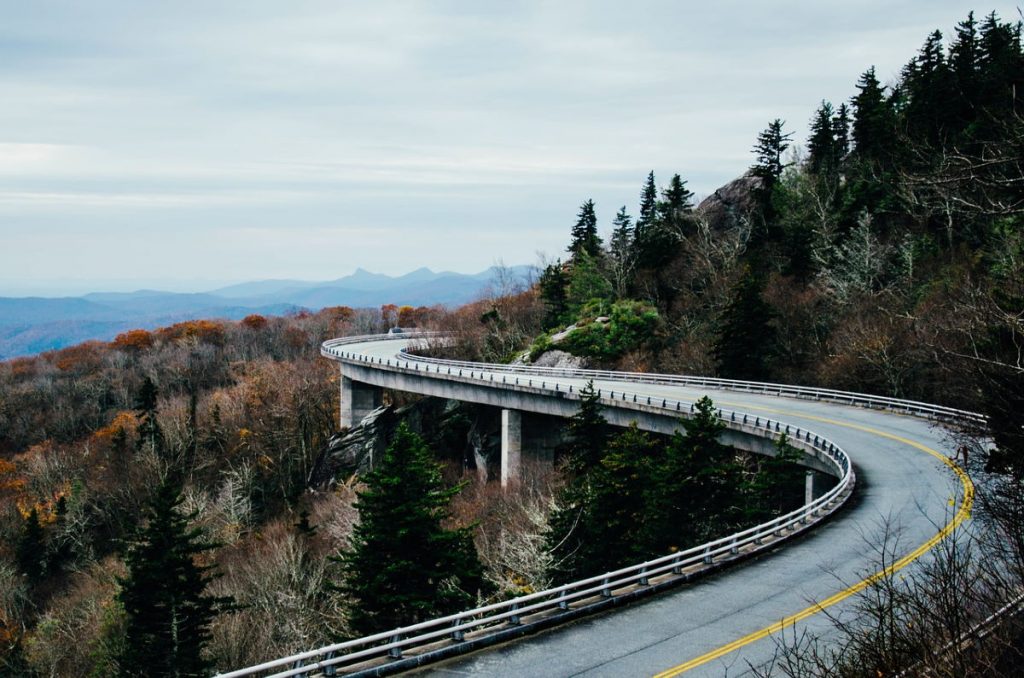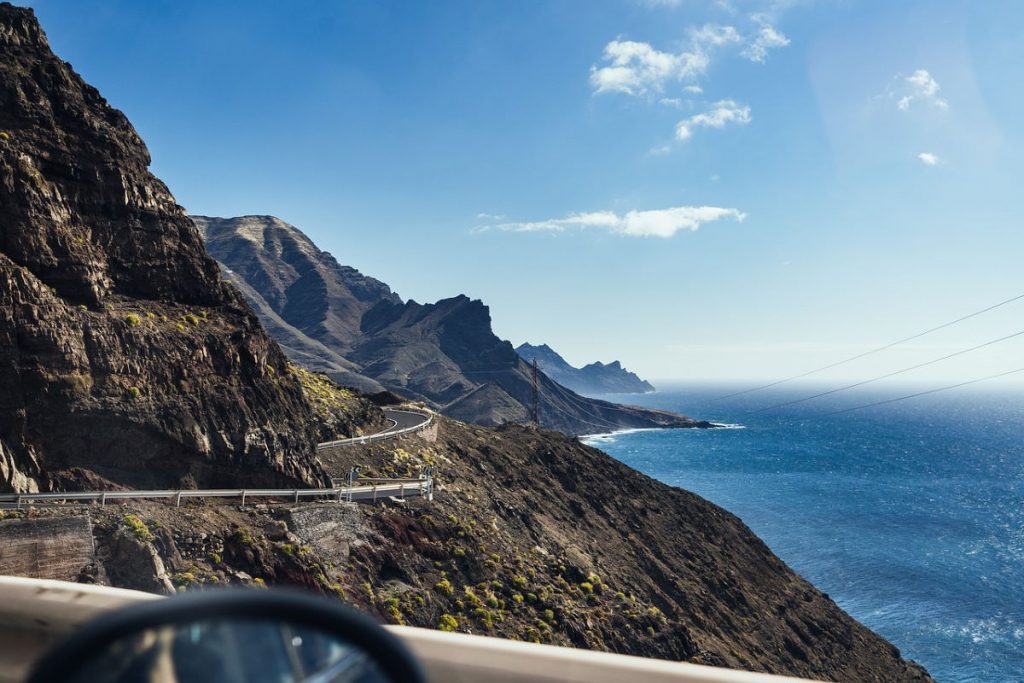Mountaineering is an enjoyable past-time activity, which presents the ultimate challenge of strength, sacrifice, and endurance. However, it also comes with a fair share of risks, especially when the climber is not properly equipped or prepared. Poor planning, inexperience or inadequate equipment can all contribute to fatal injuries. Whether you are a beginner or a seasoned mountaineer, here are some tips that will help you to be adequately prepared to face most of the obstacles and challenges that you might encounter during your trip.
Research the Terrain
Before you embark on your mountaineering trip, you need to gather as much information as possible about the trail and the conditions that you are likely to encounter. Just because you’ve tackled a mountaineering expedition before doesn’t mean that you are fully prepared for any trail. Each trail presents a different set of conditions and difficulties. If you go for a mountaineering expedition without all the facts, then you are not adequately prepared to finish the climb. For instance, you need to familiarize yourself with different aspects of the mountain such as the temperature and weather conditions at different levels, as well as how steep it is.
You also need to know how long it will take to hit the peak or complete the entire trip. With this information, it will be easy to determine which clothes, food, and gear that you should bring, to enhance your safety and health during the trip. It’s also advisable to go for an orientation before you start your hike. During the orientation sessions, you will learn all the pertinent facts that you need to know about the trail conditions, wildlife you are likely to encounter, weather conditions, and anything else that might affect the successful completion of your trip. You should also take this opportunity to ask any questions that you might have regarding the trip.
Prepare Physically and Mentally
Mountaineering is a serious challenge. And just because you are a gym rat or you can run a marathon doesn’t mean that you can comfortably do over 10,000 feet of mountain climbing. You should also note that physical training alone might not be sufficient. The challenge you are going to face will push your personal limits both physically and mentally. Therefore, you need to be adequately prepared on all fronts. One of the easiest ways of training for a mountaineering trip is to identify outdoor spots that you can climb. For mountaineering training, you should focus your mental and physical training to the following exercises:
- Functional Training: This training covers the day-to-day activities that you will be executing during the trip. To ensure that you exercise as many muscles as possible, you can load your backpack and hit the trails as much as you can. Stair climbing in a gym or climbing a nearby hill will give your body the workout that it needs. For instance, you can start with a 20 to 30-pound pack and then increase the weight gradually every week. Also, increasing the elevation, distance and time by an average of 15% per week will significantly enhance your body’s climbing endurance.
- Cardiovascular Training: Aerobic training and conditioning are equally important. It helps to strengthen your lungs and heart, thus enhancing your body’s use of energy. For cardiovascular training, you have numerous options to choose from; including mountain biking, running, aerobics as well as stair climbing. Whatever exercise you choose, make sure you do it four to six times per week and spend an hour or more.
- Strength Training: Your physical training is not complete without muscle training. Proper muscle training will help to minimize or prevent injuries. Also, it will help to strengthen your leg muscles, core, and upper back. During your training sessions, you need to think about how you will move during your climb and the muscles you will utilize. Push-ups, pull-ups, step-downs, squats, deadlifts, and lunges should give you adequate conditioning and fitness.
Cross-training is equally important when you are preparing for a challenging physical activity such as mountaineering. It will significantly enhance your physical and mental endurance. For example, you can sign up for a rowing, spinning, or kayak class. You can also try out something different such as slacklining. Cross-training sessions will prevent your body from burning out, thus making sure you are in peak condition for the mountaineering trip. By incorporating the above activities into your fitness routine, you will be adequately prepared to tackle the demands of the climb.
Treat Yourself
Food is a significant part of your mountaineering expedition. Unfortunately, most people tend to lose their appetite at high altitudes. Therefore, you need to ensure that the foods you choose for your trip will supply the necessary nutrients and energy while encouraging you to eat regularly. Make sure your selection contains calorie-dense foods, featuring plenty of healthy fats and proteins. Also, don’t forget to carry your energy bars or fruits that you can munch on along the way. Your body needs to be fueled with electrolytes and plenty of calories during your active climbing days. And this is where snacks come in.
If your mountaineering trip is going to take long, then you need to minimize your food weight as much as possible. It’s highly advisable to avoid foods that have a high amount of liquid weight such as liquid sauces or canned foods. Instead, you can opt for pre-packaged, freeze-dried foods. To inject some variety and flavor into your meals without adding unnecessary weight, you should consider starting your mountaineering trip with foods such as dried potatoes, dried soup mixes, dried milk, dried spaghetti sauce, dried pesto as well as dried refried beans. The trick is to minimize cook-time and packaging while maximizing nutrition and energy. With this strategy, you will have ample energy and nutrition for your entire mountaineering trip, without carrying too much weight. However, it’s advisable to pack some emergency rations, just in case your trip takes longer than you had anticipated.
Enough Sleep and Rest
It’s important to have adequate sleep and rest, throughout your mountaineering expedition. But during the first few days, you might not have quality sleep, since your body is still adjusting to the new environment. But as time passes on, your body, you will enjoy healthier sleeping patterns, since your body has already acclimatized. Avoid expending your energy needlessly during the day. Make sure you take breaks whenever you get an opportunity. Once you reach the campsite, remove your hiking clothes and change into your sleeping clothes. Eat a nutritious, sizeable meal, even if you don’t have the appetite. You will need calories to replenish the energy that you lost throughout the day. Adequate sleep and rest will help your body to recover fully, ready for another day of trekking. Also, if your body is fully recovered, you will hike faster and longer.
Mountaineering Boots
If you want to enjoy your mountaineering trip, then you should invest in the right pair of boots. Comfort is one of the most important considerations when it comes to mountaineering boots. Your boots should fit well and fit great. Boots that don’t fit well will create all manner of problems such as blisters, hot spots or swollen feet. Apart from comfort, you should ensure that your mountaineering boots offer adequate insulation. It’s highly likely that the temperatures will be lower than what you are used to when you hit those high altitudes in the mountains. And you don’t want to experience frozen toes. Even if you encounter sub-zero temperatures, your boots should provide adequate insulation, to ensure your feet remain warm and cozy. Apart from insulation, your mountaineering boots should be breathable and comfortable. Also, make sure that the boots that you intend to use during your mountaineering trip can supply adequate traction. Boots with a Vibram sole are always reliable when it comes to traction. You might also consider mountaineering boots that come with the option of attaching a crampon if you are likely to experience snowy or icy conditions.
Pack the Right Gear
Before you leave your house, make sure you have the appropriate and necessary supplies and gear that you will need during your mountaineering trip. As noted earlier, nutrition can determine whether you complete the hike or not. Therefore, make sure that you have adequate food and water for the entire trip. Also, make sure you have warm, cozy clothing including thick socks, hats, and gloves. A change of clothes is also necessary. You also need a map, a compass, flashlight, waterproof matches, a penknife, and a whistle. A communication device is also a necessity. You will also need a first-aid kit with all the essentials. Make sure you learn how to use all the items included in your first-aid kit. However, you should only pack items that you will need. Over-packing will result in a heavy pack, which will slow you down and consume unnecessary energy. For food, you can check whether the mountaineering trail has re-supply routes. If they are available, then you can just carry a few food items.
Closing Remarks
Climbing a mountain is a fun, memorable and a hugely rewarding challenge. You will get an opportunity to spend time in the wilderness, capture some great photos and videos, breath fresh air and enjoy a quiet and serene environment – away from the busy city life. However, you should always remember that proper and adequate preparation is vital if you want to have a successful mountaineering trip.




0 comments